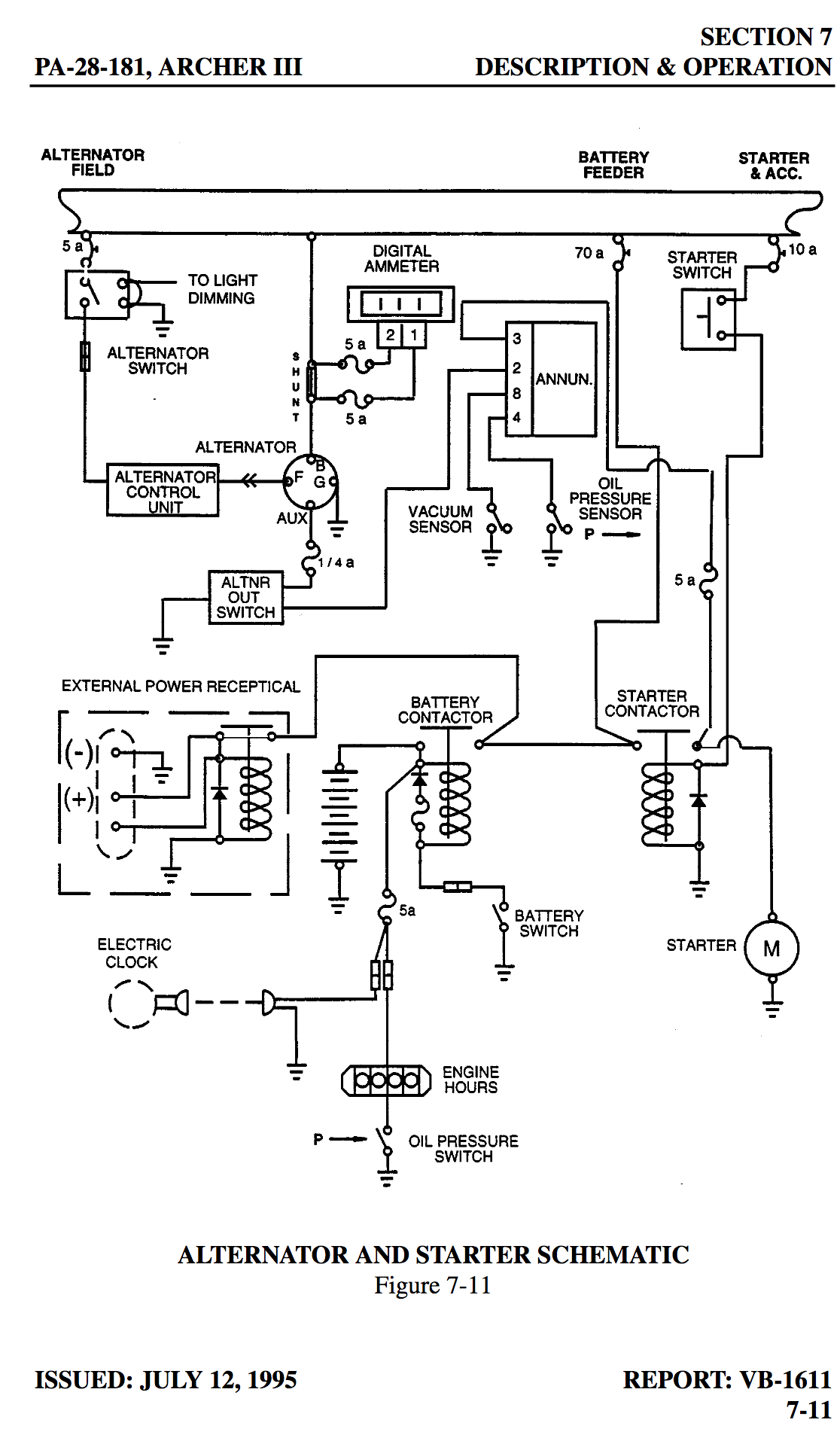blueskyMD
Pre-takeoff checklist
The old Piper stock ammeter I have is not giving me correct reading . Most of the time its sleeping even during the night flight when everything is on. Occasionally it wakes and shows different reading with the same load. What options I have ? The plane is PA32 Lance. I have JPI EDM 730 engine monitor. Does anyone knows if there is some kind of probe available to display current draw on 730 ?

